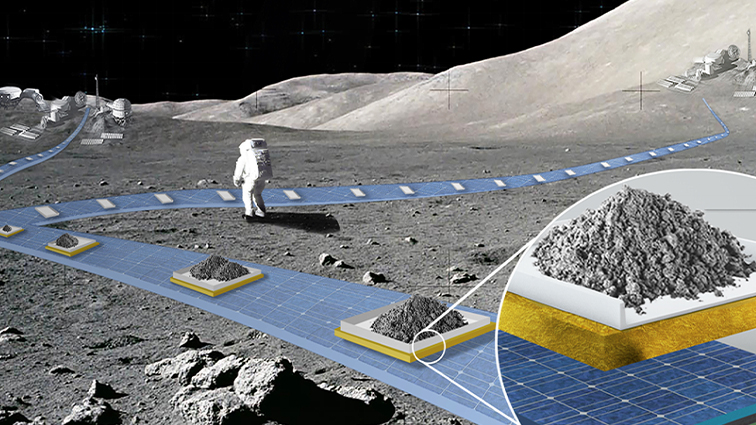“NASA” has announced funding for a project to develop the first floating railway line on the moon.
The agency pointed out that the project works with flexible lifting or buoyancy technology, using magnetic robots, with the aim of transporting 100 tons of material on the lunar surface per day, on a folding path, traveling at a speed of 1.61 kilometers per hour.
Ethan Schaller, a robotics engineer at NASA’s Jet Propulsion Laboratory and project leader, said a permanent and long-life automated transportation system will be critical to the day-to-day operations of the sustainable lunar base scheduled to begin in 2030.
In a NASA blog post, Schaller explained that the goal of building the lunar railroad is to provide a reliable, independent, and efficient means of transportation for lunar payload, using new technologies that include flexible folding paths directly on the lunar surface.
Schaller explained that the movement will be made by a series of unpowered magnetic robots, which float above the surface of the track, generating an electromagnetic thrust force that pushes the robots to their destination.
The Lunar Railroad that NASA is seeking to build will not resemble that on Earth, as fixed rails will not be used in the lunar transport network.
Thall John Nelson, Executive Director of NASA’s New Systems and Mission Concept Innovation Program, commented on the move, noting the importance of testing the idea of a train on the moon to assess its efficiency and effectiveness before fully implementing it.
Russian scientists develop ceramic materials for future moon bases
